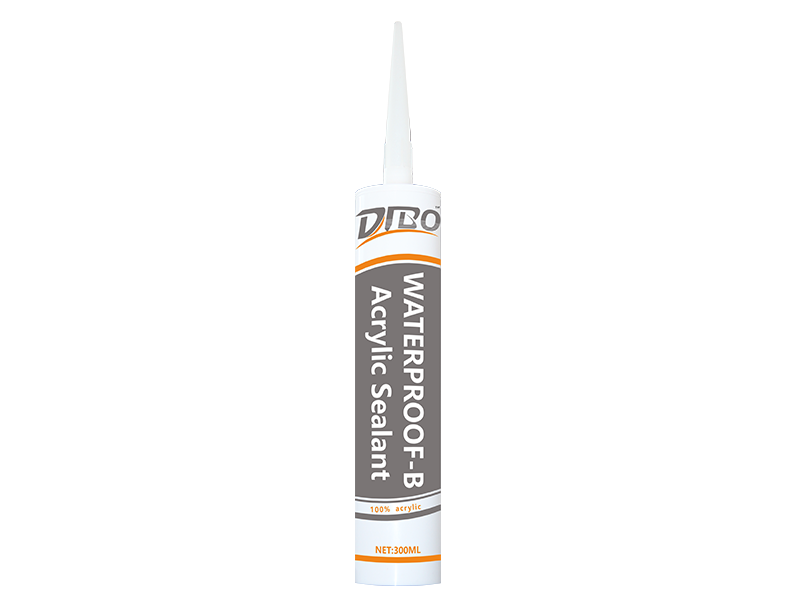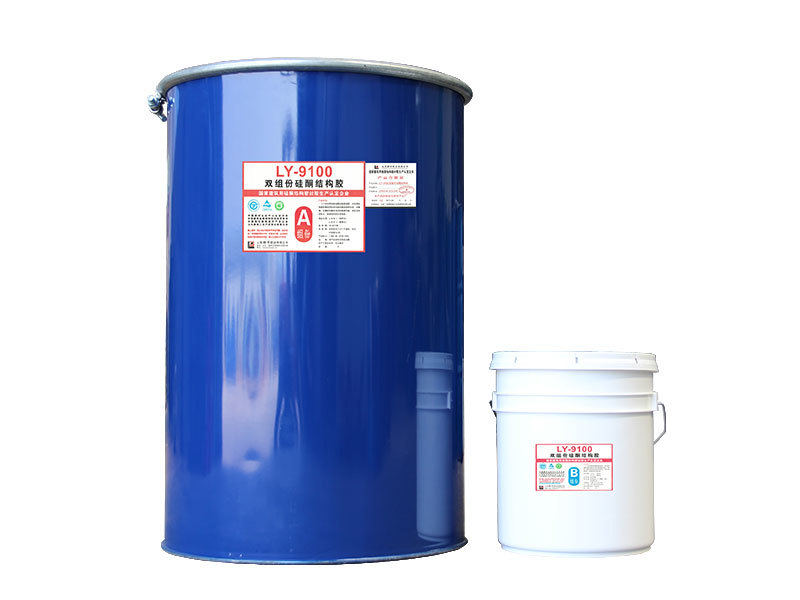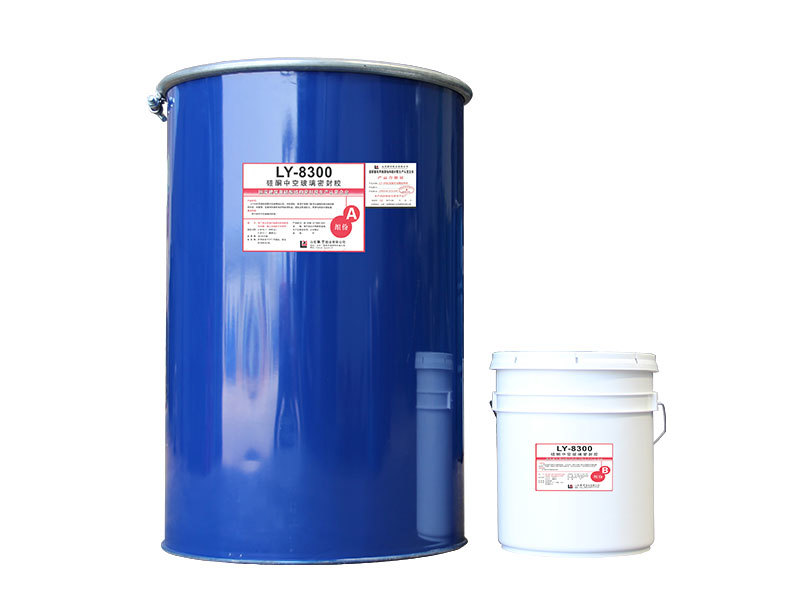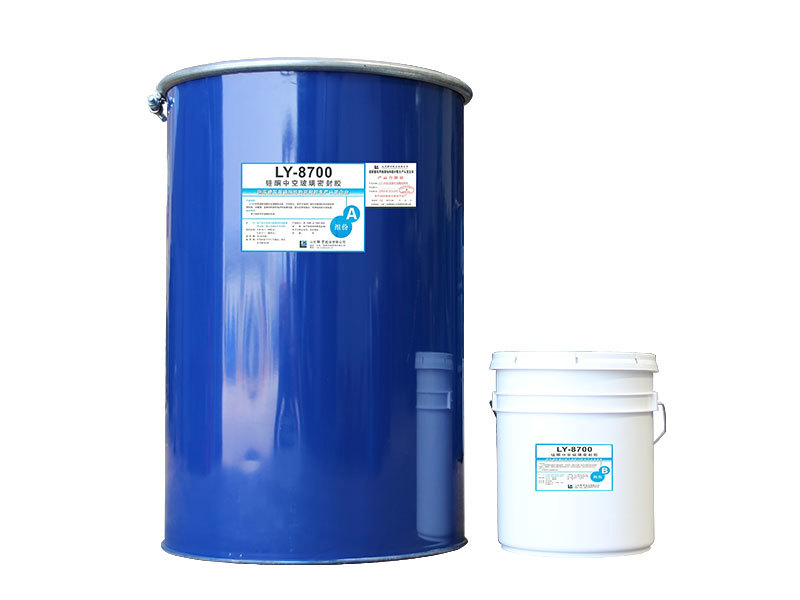Acrylic Caulking Sealant vs. Traditional Sealants: A Comprehensive Comparison for Your Projects
Upload Time:
2025-03-31
Acrylic Caulking Sealant vs. Traditional Sealants: A Comprehensive Comparison Table of Contents 1. Introduction to Sealants 2. What Is Acrylic Caulking Sealant? 3. Understanding Traditional Sealants 4. Key Properties of Acrylic Caulking Sealants 5. Key Properties of Traditional Sealants 6. Application Areas: Where Each Sealant Excels 7. Pros and Cons of Acrylic Caulkin

Acrylic Caulking Sealant vs. Traditional Sealants: A Comprehensive Comparison
Table of Contents
- 1. Introduction to Sealants
- 2. What Is Acrylic Caulking Sealant?
- 3. Understanding Traditional Sealants
- 4. Key Properties of Acrylic Caulking Sealants
- 5. Key Properties of Traditional Sealants
- 6. Application Areas: Where Each Sealant Excels
- 7. Pros and Cons of Acrylic Caulking Sealants
- 8. Pros and Cons of Traditional Sealants
- 9. Conclusion: Choosing the Right Sealant for Your Project
- 10. FAQs
1. Introduction to Sealants
Sealants play a crucial role in construction, repair, and maintenance projects, providing a barrier against moisture, air, and pollutants. They are essential in ensuring the longevity and efficiency of various structures. With a myriad of options available, choosing the right sealant for a specific application can be challenging. This article delves into the comparison between **acrylic caulking sealant** and **traditional sealants**, helping you understand their distinct characteristics and aiding in your decision-making process.
2. What Is Acrylic Caulking Sealant?
Acrylic caulking sealant is a water-based sealant known for its versatility and ease of use. It primarily consists of acrylic polymers, making it an ideal choice for a variety of applications. Acrylic sealants are available in various formulations, including paintable options, which allow for seamless integration into painted surfaces.
**Key Features of Acrylic Caulking Sealants Include:**
- **Water-Based Composition:** Easy to clean up with water before curing.
- **Flexibility:** Can accommodate minor expansions and contractions in the substrate.
- **Paintability:** Most acrylic sealants can be painted over once cured, providing aesthetic versatility.
- **Low VOCs:** Generally emits fewer volatile organic compounds compared to solvent-based alternatives.
3. Understanding Traditional Sealants
Traditional sealants encompass a range of products, including silicone, polyurethane, and butyl rubber sealants. Each type has unique properties that make them suitable for specific applications. Traditional sealants are often solvent-based, offering robust adhesion and flexibility.
**Common Types of Traditional Sealants:**
- **Silicone Sealants:** Renowned for their water and weather resistance, making them ideal for outdoor applications.
- **Polyurethane Sealants:** Known for their durability and excellent bonding properties, often used in high-stress applications.
- **Butyl Rubber Sealants:** Effective for roofing and other areas requiring superior adhesion and flexibility.
4. Key Properties of Acrylic Caulking Sealants
Acrylic caulking sealants offer several advantageous properties, making them a popular choice in both residential and commercial projects.
**1. Ease of Application**
Acrylic sealants can be easily applied with a caulking gun, providing a smooth finish with minimal effort.
**2. Clean Up**
The water-based nature allows for straightforward cleanup with soap and water, making it favorable for DIY enthusiasts.
**3. Aesthetic Compatibility**
Being paintable, acrylics are ideal for interior applications where aesthetics are important.
**4. Moderate Flexibility**
While not as flexible as silicone, acrylic sealants can still withstand minor movements in building materials.
5. Key Properties of Traditional Sealants
Traditional sealants each possess unique properties suited for different applications.
**1. Superior Adhesion**
Traditional sealants, particularly silicone and polyurethane, offer excellent adhesion to various surfaces, including metal, glass, and concrete.
**2. Weather Resistance**
Silicone sealants are renowned for their ability to withstand harsh weather conditions, making them suitable for outdoor use.
**3. Longevity**
Many traditional sealants boast a lifespan of over a decade, ensuring long-lasting protection against leaks.
**4. High Flexibility**
Silicone and polyurethane sealants can accommodate significant movement, which is critical for areas exposed to temperature fluctuations.
6. Application Areas: Where Each Sealant Excels
Understanding where each type of sealant shines is crucial for effective application.
**1. Acrylic Caulking Sealants**
- **Interior Walls and Ceilings:** Ideal for sealing gaps and cracks in drywall.
- **Trim and Molding:** Excellent for finishing touches where a smooth, paintable surface is desired.
- **Windows and Doors:** Suitable for interior applications but less effective in areas with significant moisture exposure.
**2. Traditional Sealants**
- **Bathrooms and Kitchens:** Silicone is preferred for sealing sinks, tubs, and showers due to its water resistance.
- **Exterior Applications:** Polyurethane sealants are often used for outdoor projects, including siding and roofing.
- **High-Stress Areas:** Ideal for automotive or industrial applications where movement and stress are prevalent.
7. Pros and Cons of Acrylic Caulking Sealants
**Pros:**
- Easy to apply and clean up.
- Paintable surface allows for aesthetic versatility.
- Low VOC content, making it environmentally friendly.
**Cons:**
- Less flexible than silicone sealants, limiting its use in high-movement areas.
- Not as durable in extreme weather conditions or prolonged moisture exposure.
8. Pros and Cons of Traditional Sealants
**Pros:**
- Exceptional adhesion and flexibility, suitable for a variety of surfaces.
- Long-lasting performance, often exceeding a decade.
- Highly resistant to moisture, making them ideal for bathrooms and outdoor applications.
**Cons:**
- Generally more difficult to apply and clean up, often requiring solvents.
- Higher VOC content can be a concern for indoor air quality.
9. Conclusion: Choosing the Right Sealant for Your Project
Choosing between acrylic caulking sealants and traditional sealants ultimately depends on the specific requirements of your project. **Acrylic caulking sealants** offer ease of use and paintability, making them excellent for indoor applications and decorative projects. On the other hand, **traditional sealants**, particularly silicone and polyurethane, provide superior adhesion and weather resistance, making them the go-to choice for outdoor and high-moisture environments.
Assess your project's specific needs, including environmental factors, movement expectations, and aesthetic requirements. By understanding the strengths and weaknesses of each sealant type, you can make an informed decision that ensures durability and effectiveness in your sealing applications.
10. FAQs
**Q1: Can acrylic caulking sealant be used outdoors?**
A1: While acrylic caulking sealants can be used outdoors, they are not recommended for areas with significant moisture exposure or extreme weather conditions. Traditional sealants, like silicone and polyurethane, are better suited for these applications.
**Q2: How long does acrylic caulking sealant take to cure?**
A2: Acrylic caulking sealant typically cures within 24 hours, but it can take longer in humid conditions. Always refer to the manufacturer’s instructions for specific curing times.
**Q3: Is it safe to paint over acrylic caulking sealant?**
A3: Yes, most acrylic caulking sealants can be painted over once fully cured, allowing for seamless integration into your painting project.
**Q4: Are traditional sealants more expensive than acrylics?**
A4: Generally, traditional sealants can be more expensive, especially silicone and polyurethane options, due to their advanced properties. However, the cost may be justified by the performance benefits in specific applications.
**Q5: Can acrylic caulking sealant be used in high-temperature areas?**
A5: Acrylic caulking sealants are not ideal for high-temperature areas, as they can soften or degrade. For such applications, traditional silicone sealants are recommended for their heat resistance.
Relevant News




